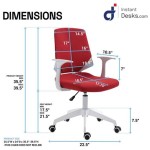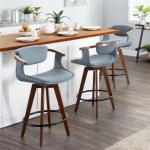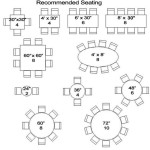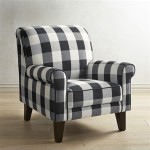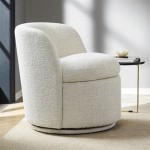Chair Height Vs Comfort Height
Chair height and comfort are always two crucial factors to consider when choosing a chair, especially for those who spend a substantial amount of time sitting. The terms “chair height” and “comfort height” refer to two distinct measurements that determine the suitability of a chair for a specific purpose and user. ### Chair Height Chair height measures the vertical distance from the floor to the seat's top surface. It plays a vital role in determining the amount of legroom available and the overall comfort of the chair. When sitting in a chair, your feet should rest flat on the floor with your knees bent at a 90-degree angle. This position ensures proper blood circulation and reduces strain on your legs and back. ### Comfort Height Comfort height, on the other hand, refers to the height of a chair that provides optimal comfort and ergonomic support. It considers not only legroom but also factors such as hip and back angle, as well as armrest height. Comfort height can vary depending on the user's individual proportions and preferences. ### Choosing the Right Chair Height Selecting the correct chair height depends on your specific needs and the intended use of the chair. Here are some guidelines to consider: -Task Chairs:
Task chairs, commonly used in offices and workspaces, should have a chair height that allows you to sit with your feet flat on the floor and your thighs parallel to the ground. The armrests should be at a height that supports your elbows at a 90-degree angle while typing or working at a desk. -Dining Chairs:
Dining chairs are typically higher than task chairs to accommodate the height of dining tables. They should provide enough legroom so that you can sit comfortably and reach the table without hunching or straining. -Lounge Chairs:
Lounge chairs, designed for relaxation and comfort, often have a lower chair height than task or dining chairs. They are typically accompanied by ottomans or footrests that provide additional support for your feet and legs. -Bar Stools:
Bar stools have a significantly higher chair height to match the height of bar counters or tables. They should allow you to sit with your feet resting on the footrest or slightly on the floor. ### Factors to Consider When Choosing Comfort Height Determining the ideal comfort height involves considering several factors: -Height:
Taller individuals may require a higher comfort height to maintain proper legroom and posture. -Leg Length:
Users with longer legs may need a higher comfort height to prevent their knees from hitting the underside of the desk or table. -Hip Angle:
The hip angle should be around 90-100 degrees while sitting, providing proper support for the lower back and hips. -Armrest Height:
Armrests should be at a level that allows your elbows to rest comfortably at a 90-degree angle, promoting good posture and reducing strain on the shoulders and neck. ### Conclusion Chair height and comfort height play crucial roles in ensuring a comfortable and supportive seating experience. By understanding the differences between these measurements and considering your individual needs, you can choose a chair that provides optimal comfort and supports your posture. Remember to prioritize proper legroom, ergonomic support, and a comfortable seating position to maximize your comfort and productivity.
Toilet Height Let S Clear Up The Confusion

Comfort Height Vs Standard Toilet Roberts Plumbing Inc

Kohler 5393 0 Highline Comfort Height Round Front Bowl White

5 Essential Tips For Toilet Installation Rescue Plumbing Blog

Lies And Truth About Comfort Height Toilets Toilet Found

Comfort Height Vs Chair Toilet Which One Is Right For You

Find The Loo That S Right For You Gerber Toilets

Comfort Height Toilet Vs Standard Youtube

What Are The Best Office Chair Dimensions For Comfort
:max_bytes(150000):strip_icc()/man20chair-4cca713550434192aa381ec27086b32d.jpg?strip=all)
Must Have Measurements For Comfortable Seating
